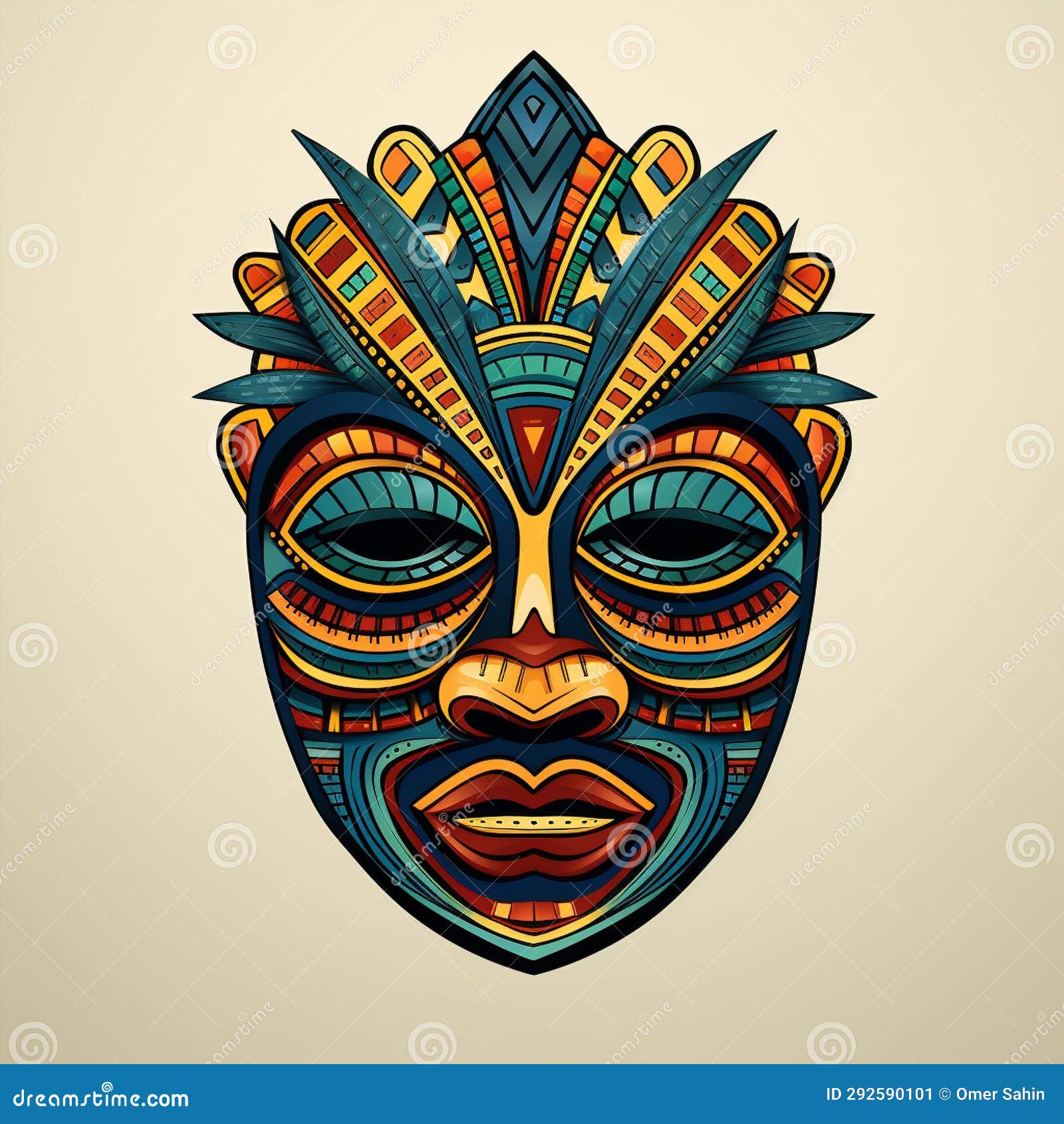Cultural masks serve as a potent symbol of identity and belief systems across diverse societies, embodying rich histories, spiritual narratives, and communal values. Their significance transcends mere adornment; masks are tangible manifestations of cultural identity, enabling wearers to communicate complex ideas and emotions while facilitating a deep connection to ancestral roots. Within the framework of cultural relativism, masks reveal how varied societies articulate their worldviews through distinct artistic expressions and performative practices.
To embark on exploring the global tapestry of cultural masks, one must first recognize that these artifacts are not monolithic. Rather, they exist in myriad forms, each rooted in specific sociocultural contexts. For instance, the vibrant masks of the African continent epitomize the nexus of art, spirituality, and community. Among the Dogon people of Mali, masks serve as conduits for communication between the living and the spirit world. The Kanaga mask, which features a distinctive shape resembling the human body, plays a pivotal role in ritualistic dances that celebrate life, death, and rebirth. In this manner, masks act as both an artistic expression and a vehicle for reinforcing communal beliefs.
As we explore further, the masks of the Pacific Islands reveal another dimension of cultural significance. In Papua New Guinea, the use of the Bilum, or woven bag, has transcended its utilitarian purpose to become an integral element of mask-making traditions. The Masked Spirit Rich in fibers, feathers, and shells embodies the connection to nature, evoking a sense of place and identity. The intricate designs often tell stories of local myths and ancestral spirits, and they play crucial roles during ceremonies intended to invoke protection and fertility. Such practices underline the relevance of environmental interconnectedness in the manifestation of cultural identity.
Transitioning from the Oceanic realm to the Americas, we encounter a different yet equally compelling narrative through Native American masks. Among the Haida of the Pacific Northwest, masks are not merely artistic endeavors—they personify the spirit of animals, ancestors, and mythical beings. The transformation of the Kagee mask during the Potlatch ceremony vividly illustrates the pivotal role of masks in both storytelling and identity reinforcement. Each mask, meticulously carved from cedar and adorned with vibrant paints, embodies the characteristics of the spirit it represents, providing insights into the history and values of the Haida people. In this context, masks become metaphorical portals that allow individuals to traverse the boundaries between the physical and spiritual realms.
In stark contrast, the carnival masks of Europe, especially during the Venetian Carnival, embody a different aspect of identity and expression. Here, masks serve dual purposes: they are instruments of anonymity and facilitators of freedom. The historical significance of the Bauta mask, a faceless piece adorned with a prominent beak-like protrusion, offers revelers the freedom to transcend social constraints. This transformative experience allows individuals to explore new facets of their identities, defying the rigid societal norms juxtaposed against a backdrop of exuberant celebration. Therefore, these masks function not solely as cultural artifacts but also as catalysts for personal and collective emancipation.
However, within the multifarious interpretations of masks, it is essential to harness the lens of cultural relativism, which emphasizes understanding a culture on its own terms without imposing external judgments. In this light, masks are not merely objects for aesthetic appreciation but rather complex narratives that encapsulate the values, beliefs, and historical struggles of their creators. For instance, the incorporation of modern materials and techniques into traditional mask-making practices among indigenous groups can provoke debates regarding cultural authenticity. Navigating these discussions requires a nuanced appreciation of how cultural expressions evolve while remaining anchored in their historical contexts.
Furthermore, the resurgence of interest in traditional mask-making among younger generations underscores the dynamic interplay between past and present. In contemporary settings, masks can serve as a form of resistance against cultural eradication, thus fortifying a shared identity in the face of globalization. This reclamation not only honors ancestral traditions but also facilitates dialogues concerning identity politics, cultural appropriation, and the commodification of folklore within the global market. Such dialogues evoke pertinent questions: How do contemporary artists negotiate authenticity? What does it mean for masks to retain their ritualistic significance in a modern milieu?
As we reflect on the diverse functions and representations of cultural masks, their role in shaping identities and beliefs becomes apparent. Masks encapsulate not only the artistic prowess of their makers but also serve as a vivid reminder of humanity’s shared quest for meaning. They invite us to question our responsibilities as global citizens, to appreciate differences while seeking commonalities. Ultimately, cultural masks serve as vital expressions of identity, forging connections across time and space and inviting an enduring dialogue about who we are as individuals and as collective societies.
In conclusion, cultural masks emerge as profound lenses through which to understand differing worldviews shaped by historical narratives, environmental relationships, and social constructs. They are embodiments of cultural resilience and continuity, emphasizing the importance of embracing diversity and engaging deeply with the narratives encapsulated within each mask. As we navigate an increasingly interconnected world, let us celebrate the uniqueness of cultural masks while recognizing their shared humanity.
